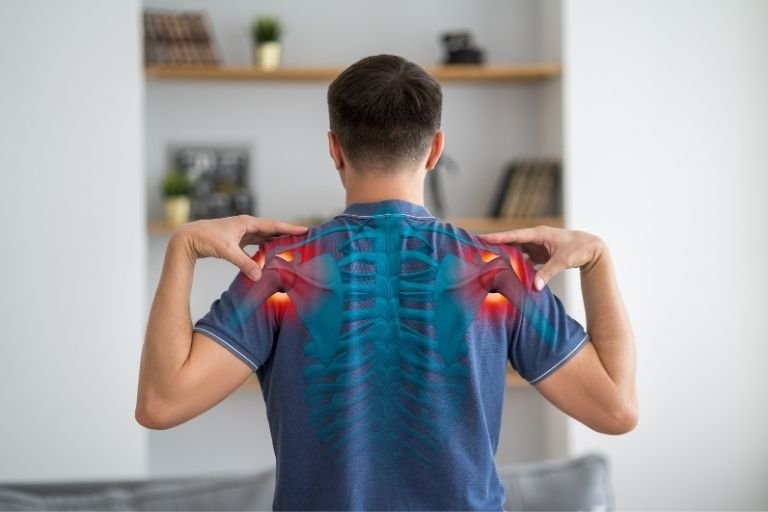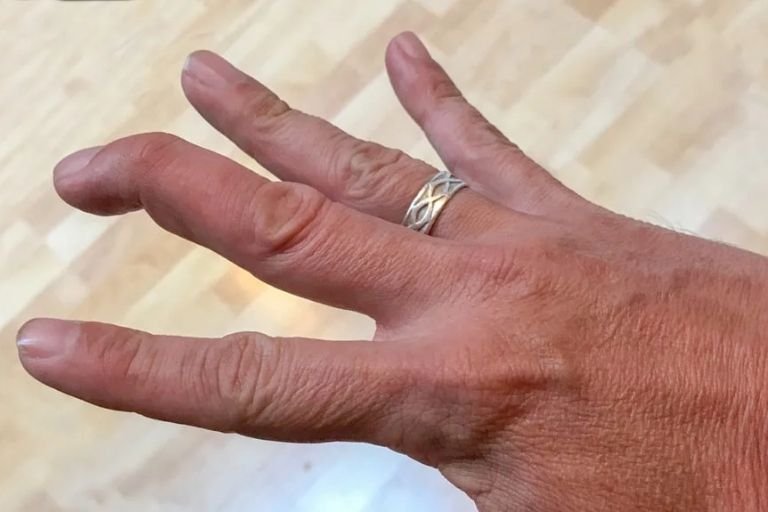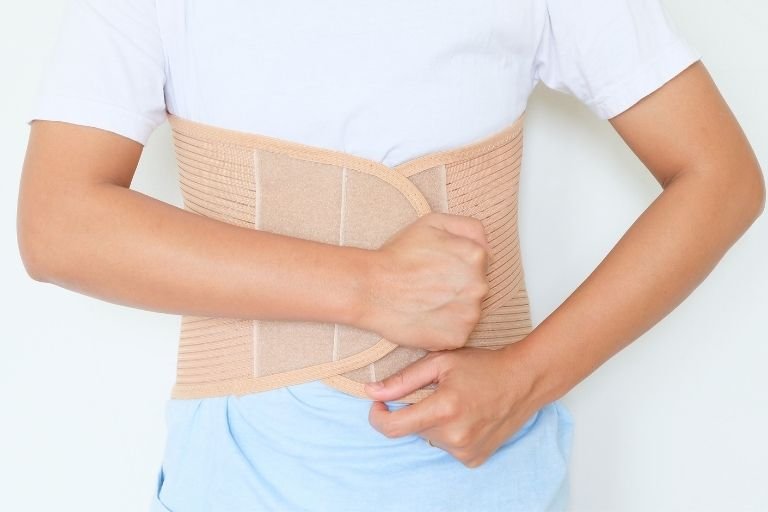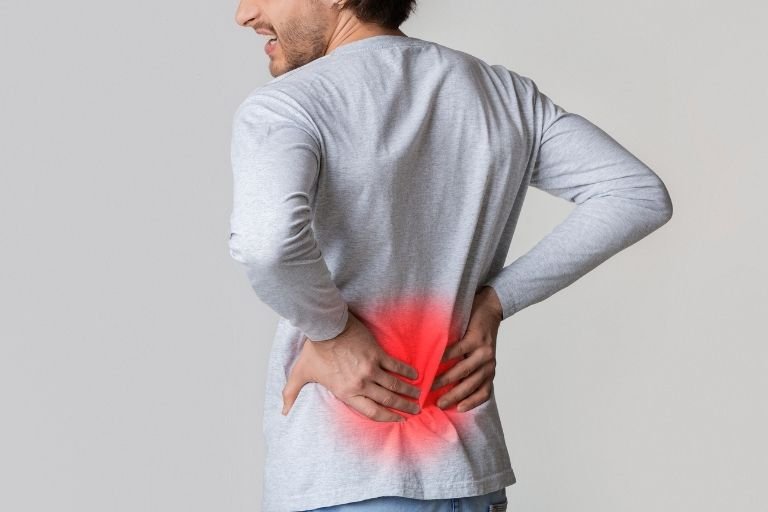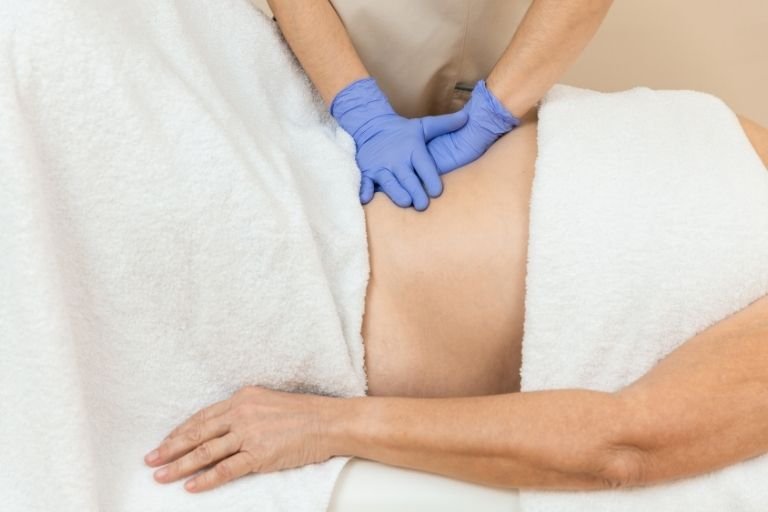- Fitwell Physiotherapy
Mallet Finger

Mallet finger, also known as “baseball finger” or “drop finger,” is a common injury that affects the extensor tendon of the finger. This injury typically occurs when the tendon that straightens the finger (the extensor tendon) is damaged or torn. It can happen during everyday activities or sports, particularly when the finger is forcefully bent or jammed, such as when trying to catch a ball.
Please submit your details below.
Symptoms
- Pain at the back of the finger
- Swelling and tenderness
- Inability to straighten the fingertip
- The fingertip may droop or appear bent at the last joint
Causes:
- Direct trauma to the fingertip, such as being struck by a ball or getting the finger caught in a closing door
- Forceful bending or jamming of the finger, commonly seen in sports like basketball, volleyball, or football
- Accidental injury during daily activities, like catching or gripping objects
When to See a Physiotherapist:
It’s advisable to see a physiotherapist or a healthcare professional if you experience any of the symptoms mentioned above. Early intervention can prevent further complications and improve the chances of successful treatment.
Risks:
If left untreated, mallet finger can lead to long-term deformity or stiffness in the finger joint. Chronic pain and limited mobility may result, affecting daily activities and quality of life.
How to Prevent:
While some mallet finger injuries may be unavoidable, there are measures you can take to reduce the risk:
- Wear protective gear, such as finger splints or guards, during sports or activities that pose a risk of finger injury.
- Use proper technique and caution when handling heavy objects or participating in activities with a high risk of finger trauma.
- Incorporate strengthening and flexibility exercises into your routine to improve the resilience of finger tendons and muscles.
Treatments:
Treatment for mallet finger typically involves immobilizing the affected finger to allow the tendon to heal properly. Options include:
- Splinting: Wearing a splint to keep the fingertip extended for several weeks allows the tendon to heal without interruption.
- Physiotherapy: After the splint is removed, physiotherapy exercises can help restore strength and mobility to the finger joint.
- Surgery: In severe cases or when the injury involves a large fracture fragment, surgical intervention may be necessary to repair the tendon or stabilize the joint.
It’s essential to follow the advice of healthcare professionals for the best outcome and to prevent complications. With proper treatment and rehabilitation, most individuals can expect a full recovery and restoration of finger function.
Frequently Asked Questions
Related Conditions
How Fitwell Physiotherapy Can Help?
Dr. Richa’s Fitwell physiotherapy has an extensive team of physiotherapists all within their own specialist areas of physiotherapy. Whatever your condition, we guarantee that we will have the best physiotherapist for you. We assess, diagnose, plan, cure and care for you.
Fitwell Physiotherapy Clinic, Pune provides you best physiotherapy treatment in Kharadi, pune. We also serve Chandan Nagar, Vadgaon Sheri, Keshav Nagar, Wagholi & nearby Areas in Pune. We are experts in treating Neck Pain, Hand Pain, Back Pain, Lower Back Pain, Knee Pain, Stiff Neck, Sciatica, Arthritis, Stroke Paralysis & Post Surgical Rehab.
We provide Specialized physiotherapy treatments in Sports Injuries, Pre and post Surgery, Neurologic, Pediatric, Chronic Pain/Fatigue, Rheumatology, Women’s Health, Men’s Health, Ergonomics, Vestibular, Amputees & all sort of Pain treatment and lifestyle conditions.






















